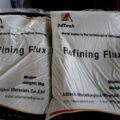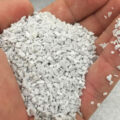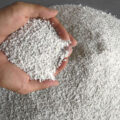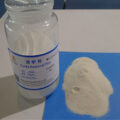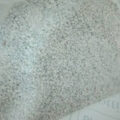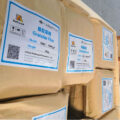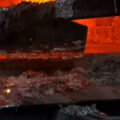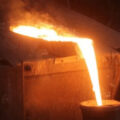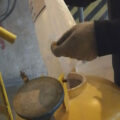At present, the refining fluxes are commonly used, and the eutectic NaCl and KCI are commonly used as the main salt system. Adding other auxiliary fluxes properly can improve the efficiency of capturing impurity and degassing in refining flux.
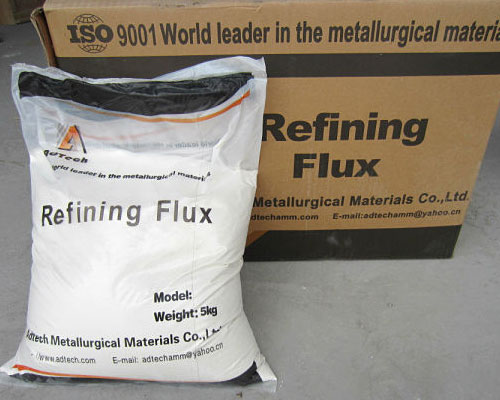
In the field of aluminum processing, it is difficult to purify aluminum alloy melt, especially to control gas and impurity in the melt. Fine oxides, inclusions and gas (hydrogen) form a parasitic relationship in the aluminum alloy melt. The high content of slag in liquid aluminum will lead to high hydrogen content. After solidification, the liquid will be retained in the melt and form casting defects such as central impurity, shrinkage cavity or air hole. These defects can not be eliminated in a series of subsequent processing procedures (such as rolling, extrusion, heat treatment, etc.), resulting in the deterioration of mechanical properties, especially plastic and fatigue properties. Therefore, the purification efficiency and purification level of aluminum alloy melt can be improved, It is the key to produce high-quality aluminum alloy castings.
The on-line purification technology of aluminum alloy melt outside the furnace is commonly used, such as rotating rotor bubble method, electromagnetic field impurity removal method, filtration method, vacuum method, ultrasonic vibration method, etc.
Refining Fluxes Characteristics
- By changing the wettability of aluminum melt to oxide, the oxide (mainly alumina) is easy to separate from aluminum melt, and most of them enter into flux.
- Change the state of oxide film on the surface of melt. The solid and dense oxide film on the surface of the melt is broken into fine particles, which is beneficial for hydrogen in the melt to drill out from the pores of the oxide film and enter the atmosphere.
- The flux layer can insulate the contact between water vapor and aluminum melt, which makes it difficult for hydrogen to enter aluminum melt and prevents melt oxidation and burning.
- It can adsorb oxide in molten aluminum to purify melt. Flux refining is mainly achieved by adsorption, dissolution and chemical reaction with oxide film and non-metallic inclusions in the melt.



